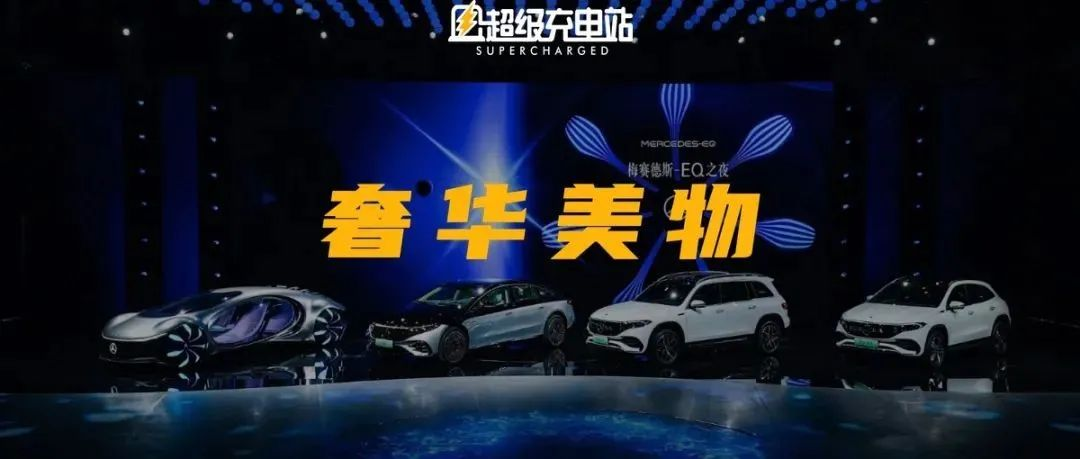The Luxury, New Topic for Electric Cars
In the automotive industry, there are many exciting car model launches, but not many exciting ones because of the speakers at the launch event. In 2017, my media company was invited to the Mercedes-Benz new car launch for the first time, and a colleague said to me like a fanboy: “I really like watching Mr. Duan speak at the launch event because he uses poetry so well.” Since then, no matter where I watch the Mercedes-Benz launch event, I pay attention to the poetry and culture in the event.
During this interview, someone asked Duan Jianjun: “How do you feel about the electric luxury market, and can you describe it with a couplet?” Instead of using an existing couplet, Duan Jianjun rewrote a sentence, “When will chips arrive and ask the blue sky about the numbers?” Later, he added a sentence from this year’s New Year’s message, “Forge ahead with determination and diligence.”
The answer I heard had two levels: first, the old industry encountered new problems and was a little anxious; second, the old industry found new opportunities and must be prepared. Mercedes-Benz said 2021 is the year of electrification, so in 2022, it is time to push this door open with force.
Although new forces and traditional brands fight hard in many dimensions, they have rarely reached a consensus on one point. That is, even though the current electric vehicle market is rapidly developing and the competition is unpredictable, “the domestic luxury electric vehicle market is still like the Spring and Autumn Period, not to mention the Warring States Period or the unification of the Qin Dynasty.”
Including a series of policy and environmental adjustments, such as the 2022 subsidy reduction, has highlighted that the market is moving towards a more diverse and competitive mature phase. “From the pure electric market perspective, the initial market relied on government subsidies to promote the growth and eruption period of relatively cheaper vehicle products. With the reduction and withdrawal of subsidies, market competition has become more sufficient.”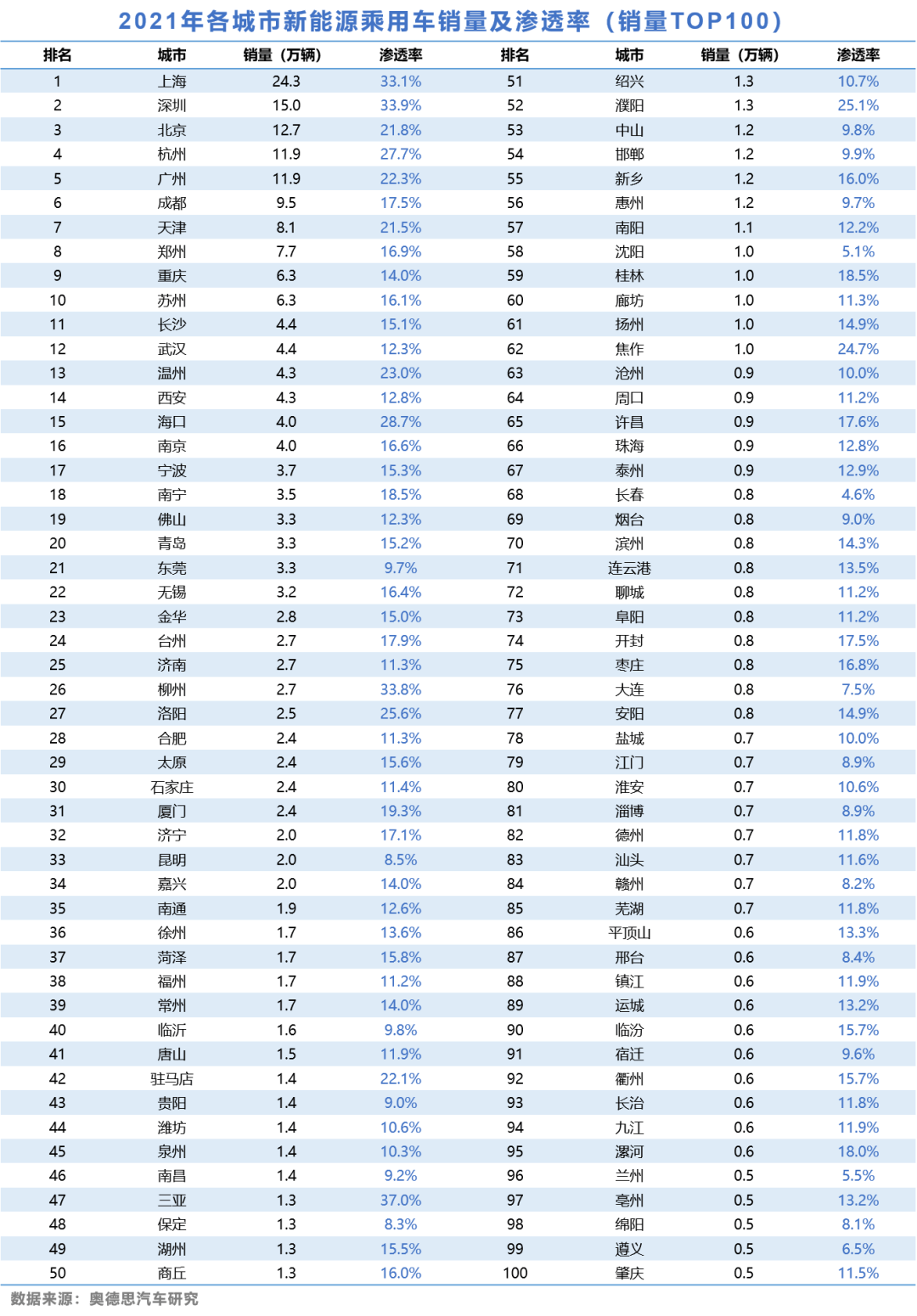
According to data from 2021, pure electric vehicles accounted for 13% of passenger cars with a price above 200,000 CNY, which even exceeds the proportion of electric vehicles in the entire automobile market.
If we focus on the first-tier cities, especially the trend in the last few months, the proportion of electric vehicles has already surpassed the watershed where traditional consensus believes that they will quickly explode, which is the number 15%.
These lead us to two conclusions:
-
The development of luxury electric vehicles is leading the overall market development from a certain perspective.
-
More participants will enter the electric vehicle market, making the competition more sufficient.
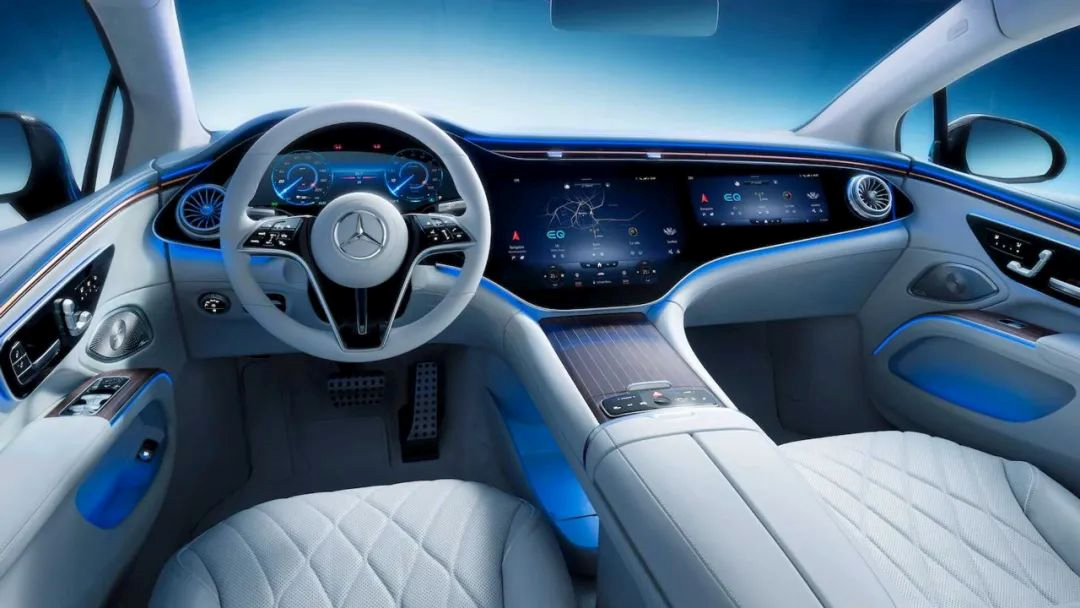
“Therefore, how to define luxury in the electric vehicle world is placed in front of many companies, including Mercedes-Benz. The luxury electric vehicle market will also stage a big show.”
And Duan Jianjun also knows the test of system capability brought by the transformation of electrification: “Mercedes-Benz is not only an actor, a director, but also an audience, and the ultimate judge is the customer.”
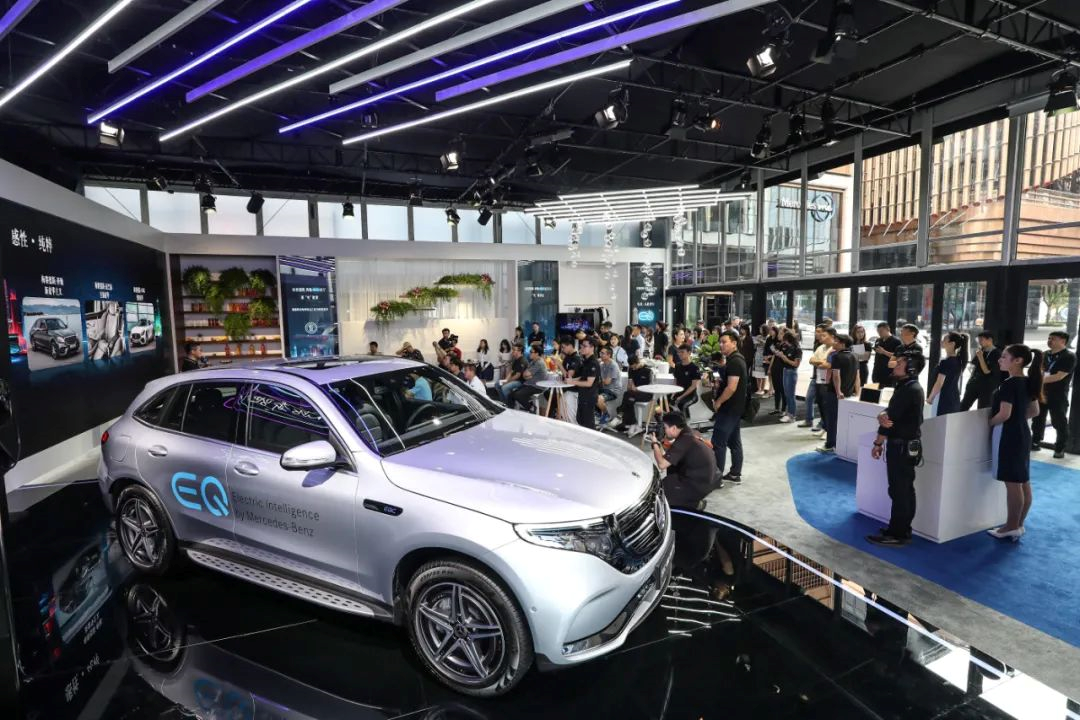
“For us, the biggest challenge in current sales is how to quickly deploy test drive cars and display cars to every EQ dealership.”
Four Haves Youth
When it comes to Mercedes-Benz’s electrification, Mercedes-Benz itself uses four “haves” to introduce them. I quote them here:
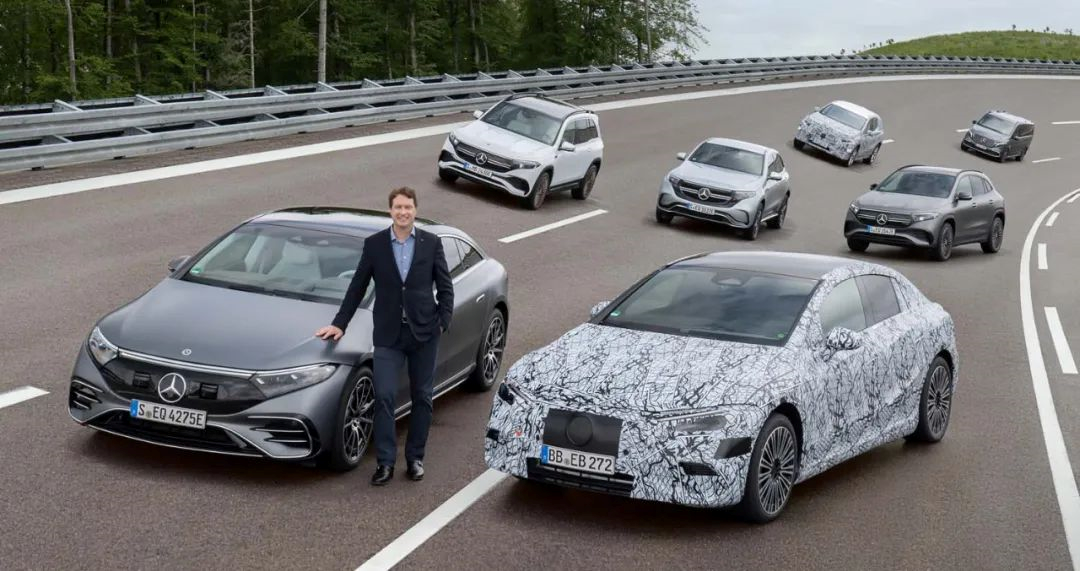
Have a strategy: On July 22, 2021, Mercedes-Benz announced a strategic transformation to “completely electric.” All brands will achieve electrification and be fully prepared for complete pure electric power by 2030 in markets where conditions permit.
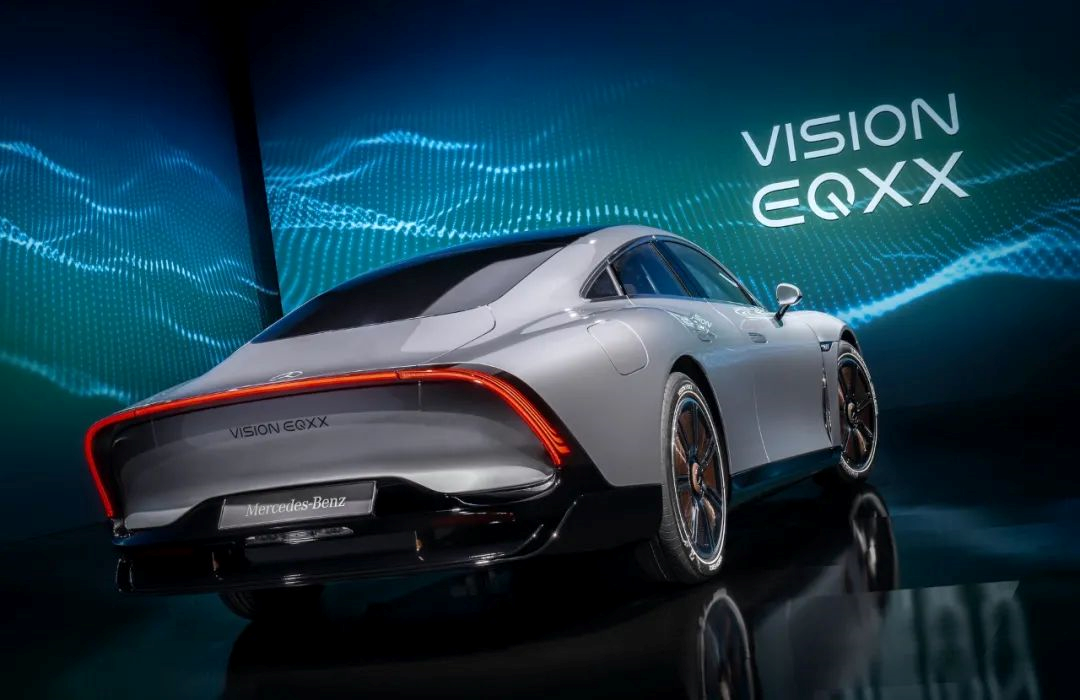
Have technology: The VISION EQXX concept car is the most energy-efficient model in Mercedes-Benz history, equipped with a large number of recyclable materials, fully breaking through technological barriers, and reducing the wind resistance coefficient to 0.17. The single charge range exceeds 1,000 kilometers. The various functions currently applied on the concept car have been applied to mass-produced cars.
Product is key: By the end of 2021, Mercedes-Benz has sold four pure electric car models in China, focusing on luxury electric travel in different niche markets.
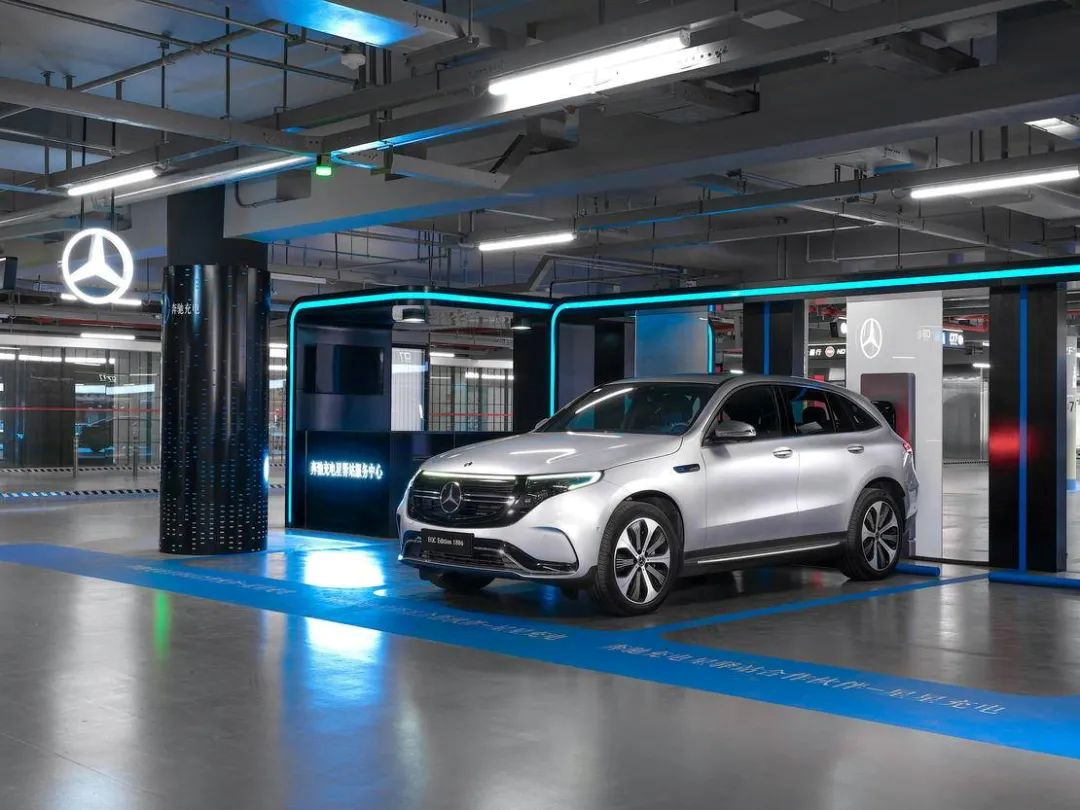
Service matters: By the end of 2021, Mercedes-Benz’s five-star charging service covers more than 365,000 public charging piles across the country, and the brand’s exclusive charging will be available at 407 Starport stations in 106 cities. Currently, appointment-based “one-button charging” and “plug-and-play” are also available. Power supply and other services will also be launched soon. In the same year, Mercedes-Benz officially launched the certification standards for the replacement and certification of official certified second-hand new energy vehicles, and launched special inspections of the three-electric system to make new energy vehicles more worry-free.
Among these four elements, the most important is to have cars with market appeal.
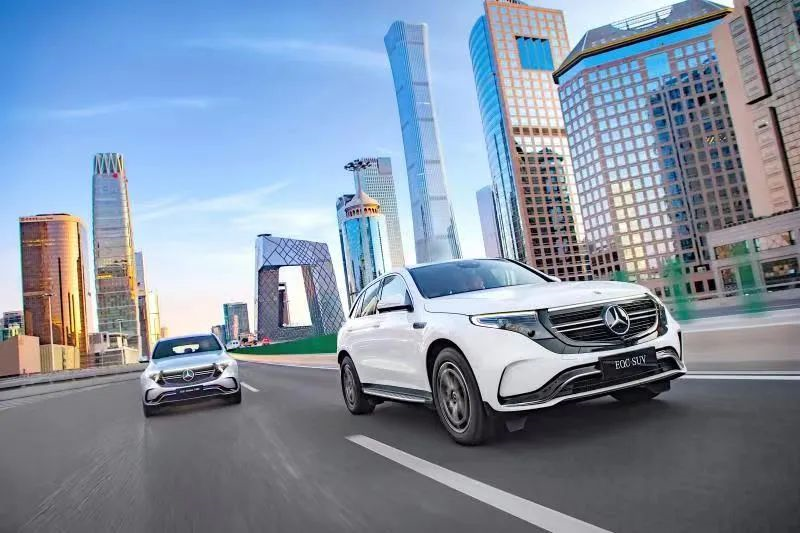
In 2021, with a total sales volume of more than 750,000 units throughout the year, the proportion of new energy sales is not high. Due to the fact that only the EQC model was on sale for the entire year, it is not easy to achieve this data, even when returning to the range of large and medium-sized luxury electric SUVs it belongs to. However, Mercedes-Benz believes that Chinese consumers’ understanding and demand for pure electric vehicles have reached a new level in terms of technology, services and even market strategies.
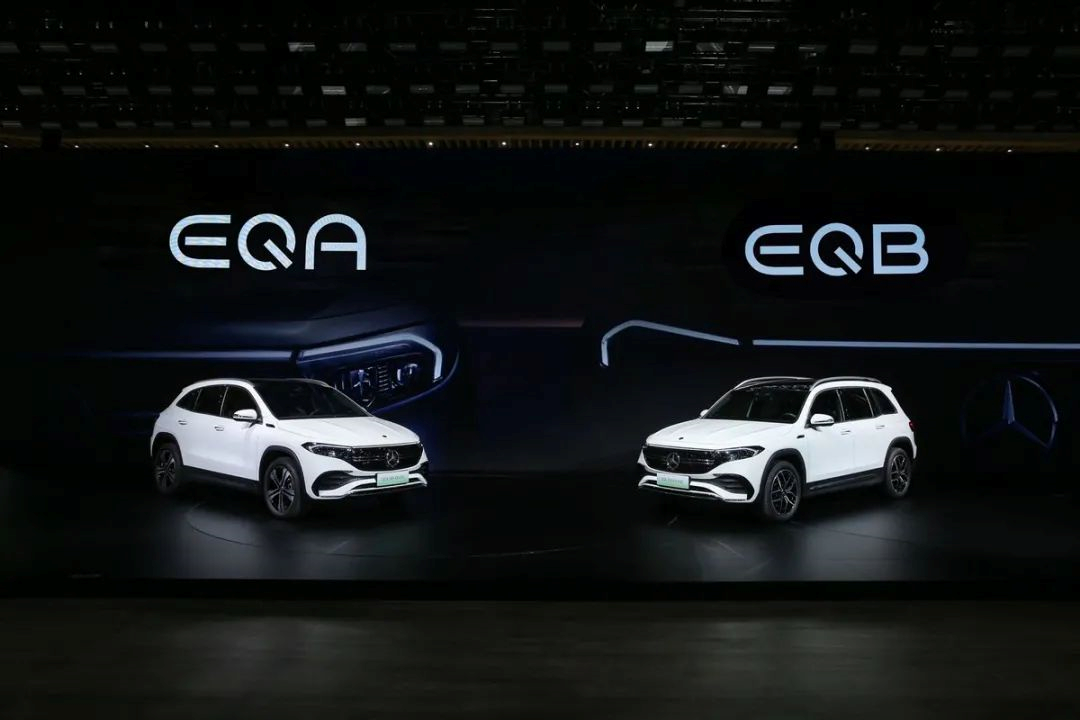
At the Guangzhou Auto Show last year, EQA and EQB were launched. Based on the reputation and awareness of the corresponding gasoline models, these two products will fill the market segment that EQC cannot fully cover, and meet the needs of more young consumers.
The brand-new EQS, which was officially launched at the end of the year, truly defines the benchmark and standard of a large luxury pure electric sedan from both positioning and technology perspectives. Only products that have the unique and forward-looking attributes of the Mercedes-Benz brand, reflect strong technical capabilities and even have uniqueness and forward-lookingness in the industry can obtain the market position that everyone thinks Mercedes-Benz deserves.

Therefore, the reason why we bought the EQS is that it meets the above standards.2022, what Mercedes-Benz will do is to bring more pure and enterprising products that meet the standards in electrification. And to learn from the construction of service ecology of Chinese brand competitors.
This is summarized into two homophonic concepts:
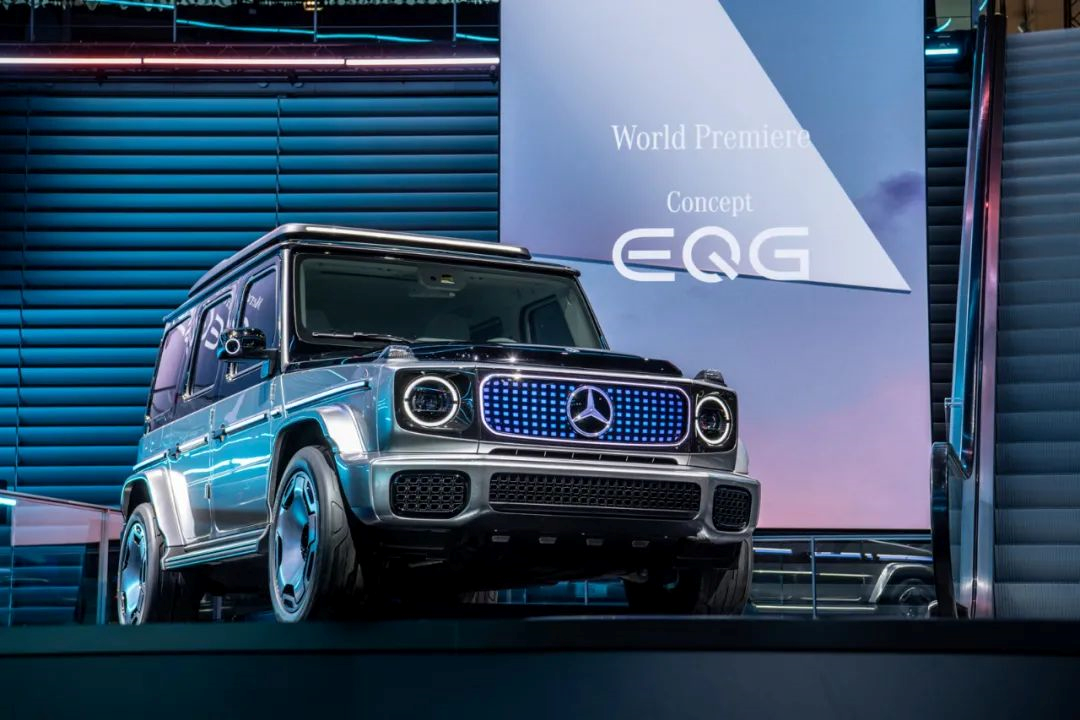
Enrich the product lineup of “New Luxuryism” and enhance the leading position in electric power and smart technology fields. In 2022, Mercedes-Benz will introduce 21 new models to the Chinese market, of which nearly half (8 models) are new energy products.
Optimize the “Heart Luxuryism” service experience and meet the needs of electrification and digitalization of customers.
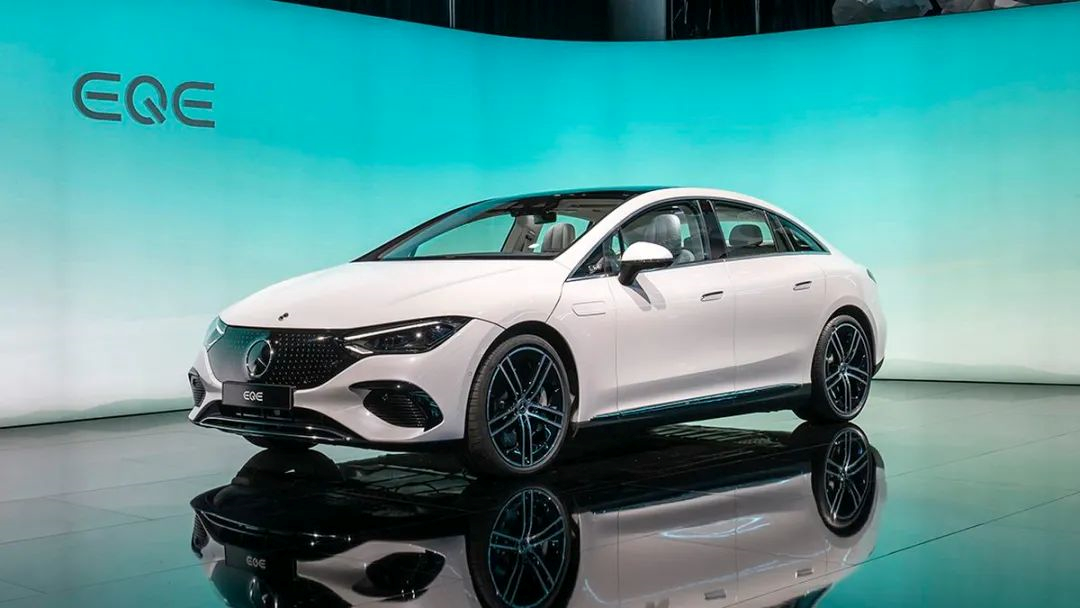
Among them, the all-new EQE is a product that I am very concerned about. It inherits the technical advantages of EQS in industrial design and pure electric platform, and also takes into account the timeliness advantages of domestic production and international synchronization. At the same time, there is no competitor model that fully benchmarks it in the subdivided market segment. It will be a truly exemplary model to embody Mercedes-Benz’s understanding of electrification in terms of quality and quantity.
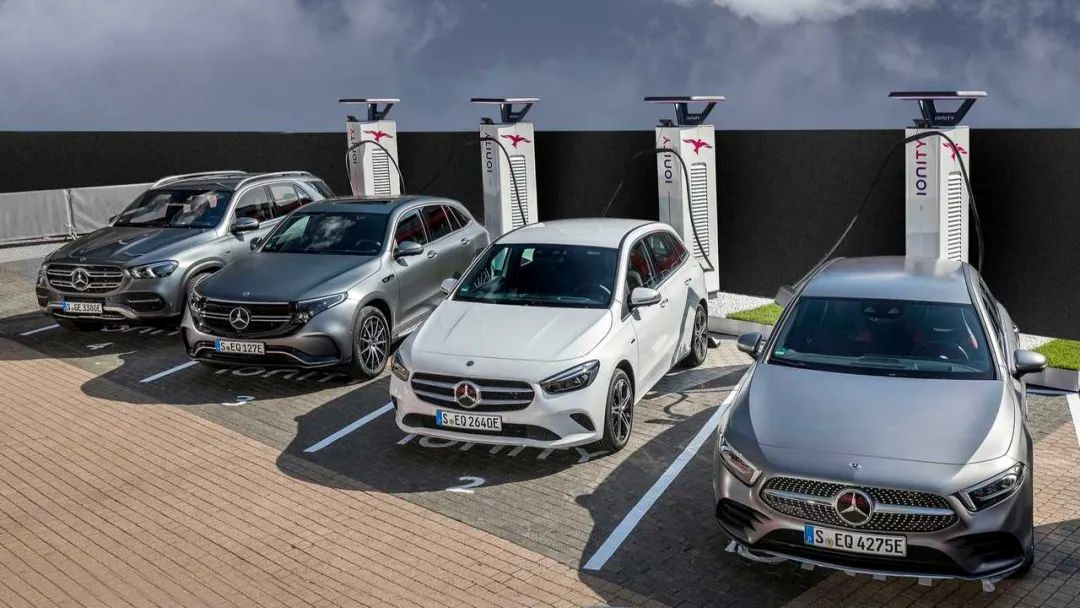
And cannot be ignored is the upcoming PHEV model series from Mercedes-Benz. Du Jianjun introduced, “In 2022, Mercedes-Benz will also bring PHEV models of C-Class and S-Class sedans to continue exploring and making efforts in the field of plug-in hybrid.” This has important implications for guiding traditional fuel car users to understand new energy vehicles and saving energy and reducing emissions on the basis of not changing their driving habits.

“Of course, the proportion of pure electric models in our sales last year was not high, but the proportion of pure electric models this year will surely gradually expand, with both the proportion and speed increasing.”
“We are confident to become a ‘Four-Haves Youth’ at the age of 136 and hope to continue to perform well in the road of electrification.”
On new technology, continue Mercedes-Benz
In the exploration of a series of new technologies including new energy, in fact, a default market concept has been formed in recent years: emerging forces are exploring, and traditional brands are steadily following.
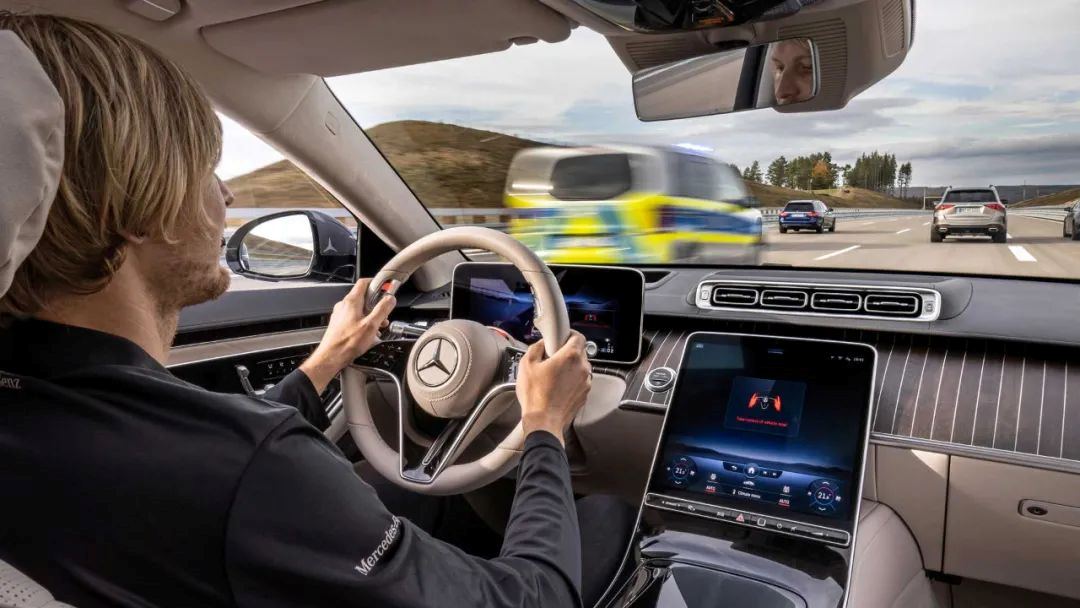 Therefore, when I heard the conclusion from Duan Jianjun’s mouth, such as “We hope to become the first batch of companies to obtain autonomous driving certification in China in the future,” I was quite surprised.
Therefore, when I heard the conclusion from Duan Jianjun’s mouth, such as “We hope to become the first batch of companies to obtain autonomous driving certification in China in the future,” I was quite surprised.
Innovation, rather than blindly following, is also the rightful doctrine of the new luxury in the electric age.
In other words, fans and supporters of electric vehicles are more inclined to evaluate the core value of a company through long-term direction. Clear direction is often more important than how much effort has been put in.
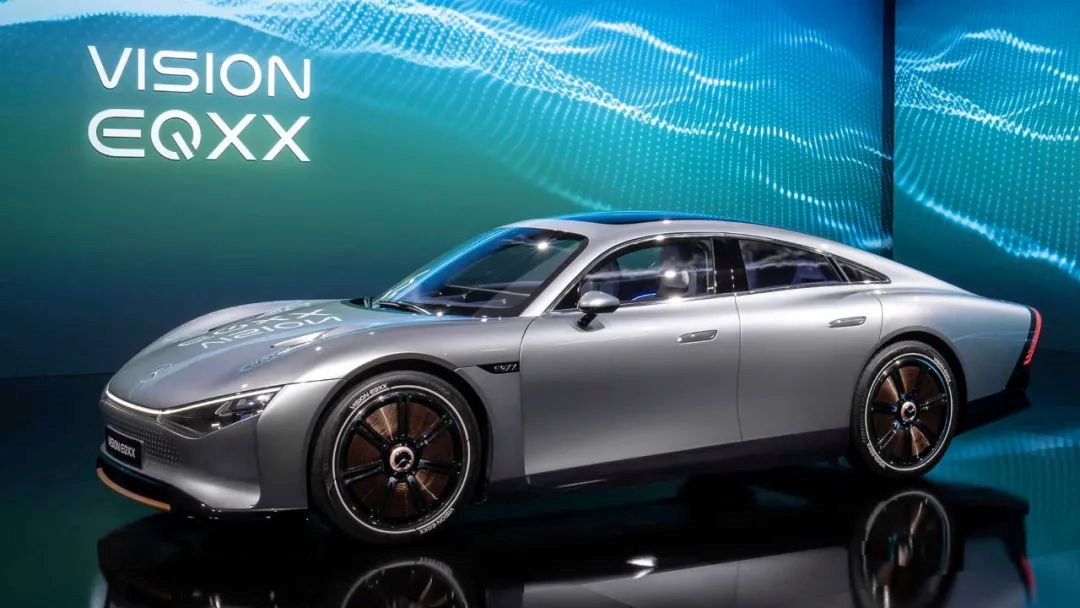
Mercedes-Benz, including the L3 level autonomous driving system that has just been certified for road use in Germany, and the attention-catching EQXX concept car at CES 2022, is sending a signal: Mercedes-Benz has never been backward in technology. On the contrary, the accumulation of the past is now in the stage of full bloom.
At a time when almost all domestic and foreign luxury brands have clearly set a timetable for the transition to pure electric, I think that evaluating the standards of each company’s electricization level and capabilities should not be based on who entered the field of electricization earlier. Instead, understanding the trend of technology and whether there is the capability to meet these trends is the key.
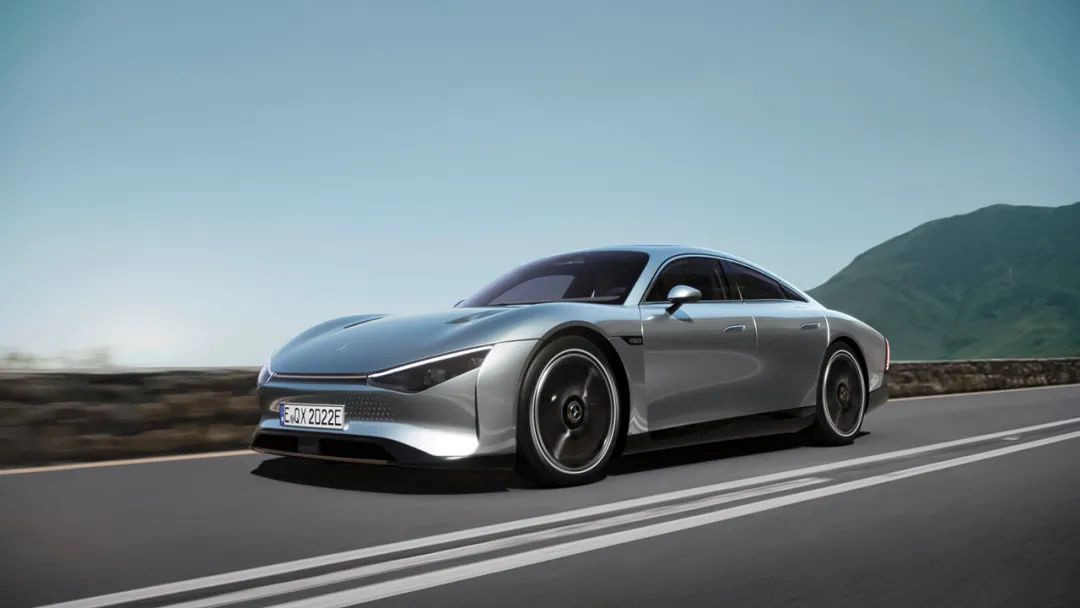
For example, the VISION EQXX, as the core concept car demonstrating Mercedes-Benz’s trend towards electrification, neither adopts the old approach of stacking batteries nor is it arrogant about claiming “sufficient range is enough.” Instead, it focuses on solving energy consumption and improving efficiency, the most core technical path. The result is that while the range has broken records, “the weight of the car body is comparable to that of a fuel car”, and it also demonstrates manufacturing capabilities such as integrated casting and the supply chain relationship with CATL for battery production. The factors for competition in electrification in the future stage have been assembled in this car already.
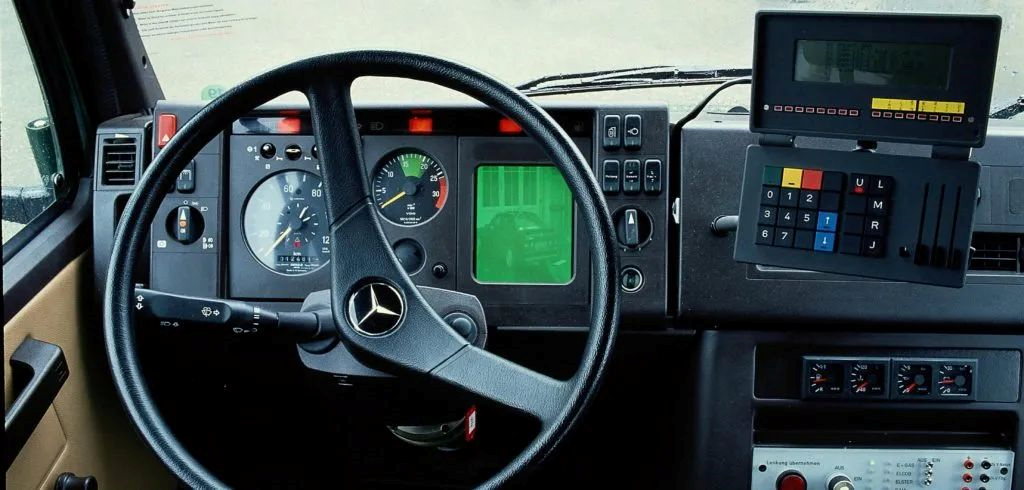
Another example is that L3 level autonomous driving is not a passing fad. In fact, Mercedes-Benz has a long history of exploration in autonomous driving. “36 years ago, Mercedes-Benz started exploring intelligent driving technology through the “Prometheus Program”. In terms of localization in China, besides verifying test mileage, Mercedes-Benz is also continuing to explore in the field of autonomous driving by investing in companies such as Momenta.
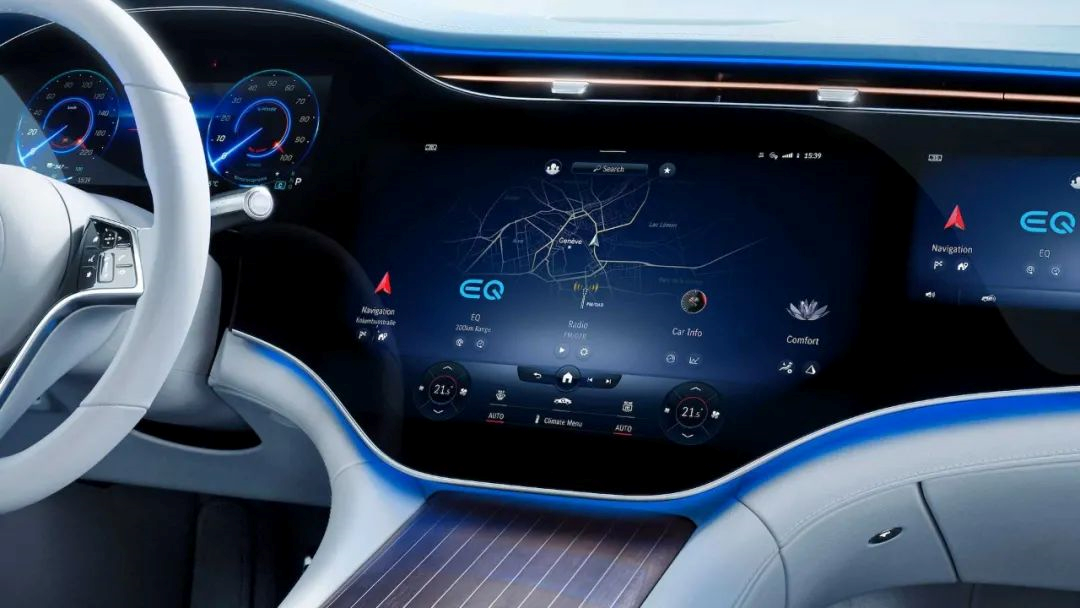 The more impressive thing is the details on Mercedes-Benz’s focus on user experience that we discussed during our conversation. They presented a technological specification on-site, such as the response time after the car’s touch screen is continuously clicked. “After tests, the currently better response time in the market is around 800 to 900 milliseconds. However, to provide a good experience, the response time should be between 200 to 300 milliseconds, and currently, good phones can achieve around 80 to 90 milliseconds.”
The more impressive thing is the details on Mercedes-Benz’s focus on user experience that we discussed during our conversation. They presented a technological specification on-site, such as the response time after the car’s touch screen is continuously clicked. “After tests, the currently better response time in the market is around 800 to 900 milliseconds. However, to provide a good experience, the response time should be between 200 to 300 milliseconds, and currently, good phones can achieve around 80 to 90 milliseconds.”
With this knowledge, we have reason to believe that in the future, we will get a touch experience similar to that of consumer electronics products in Mercedes-Benz’s products. Similar experiences are already being gradually rolled out. “Currently, the S-Class is equipped with naked-eye 3D technology. When we look back at the naked-eye 3D screen from the flat-view display system on the windshield, the screen does not directly display the depth of field, but first displays the plane content before expanding into the 3D depth of field. This is more in line with human vision habits and is a luxurious experience that we can bring to customers in the electric age.”
“All of these are paths that Mercedes-Benz can continue to take to excel in product features and user experience in electric luxury.”
During the interview, there was a paragraph that I couldn’t find a suitable place to put in the article because it is not specific but summarizes the whole thing. Perhaps using it as an ending is a good idea:
“Every luxurious and beautiful thing must have a story to pass on. Every luxurious and beautiful thing must be consistent inside and out. Every luxurious and beautiful thing will have style forever.”
“It has already captured people’s fascination, leading the trend, and gaining popular recognition, endowing more value and connotation beyond the product itself, inspiring people to aspire for it.”
This may be what we envision Mercedes-Benz in the electric age should be like.
Looking forward to Mr. Du’s new poem next year.
This article is a translation by ChatGPT of a Chinese report from 42HOW. If you have any questions about it, please email bd@42how.com.
